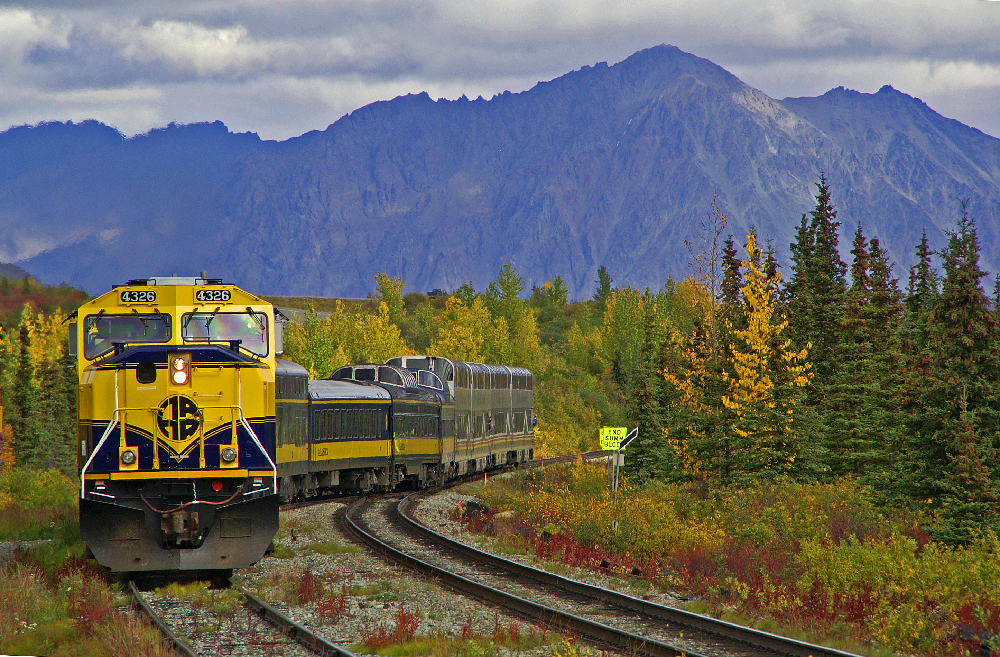
U.S. Secretary of State William H. Seward must have thought he was making the real estate deal of a lifetime — 600,000 square miles for a cost of less than two cents an acre. That is the price Seward negotiated with Edouard de Stoecki, Russian minister to the U.S., for the purchase of what would […]
Read More…
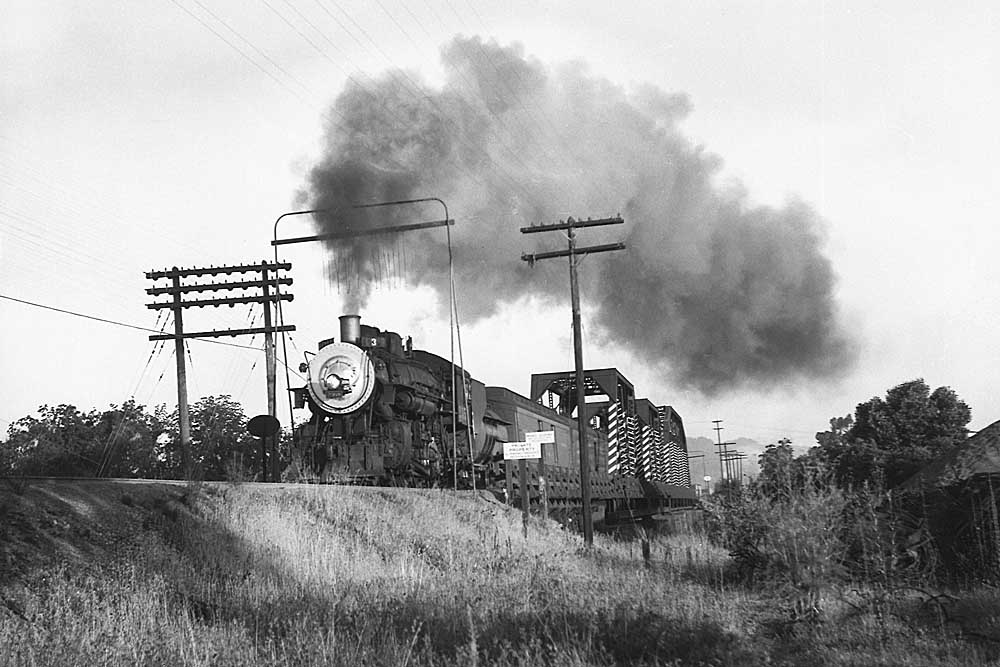
More than a few times, photographs in the Kalmbach library have sent me searching for railroads and places I’ve never encountered, and a few weeks ago some 8 x 10 prints lined up perfectly with travel plans. The destination: Mendocino, Calif., the charming old lumber town up the coast 155 miles from San Francisco. My […]
Read More…
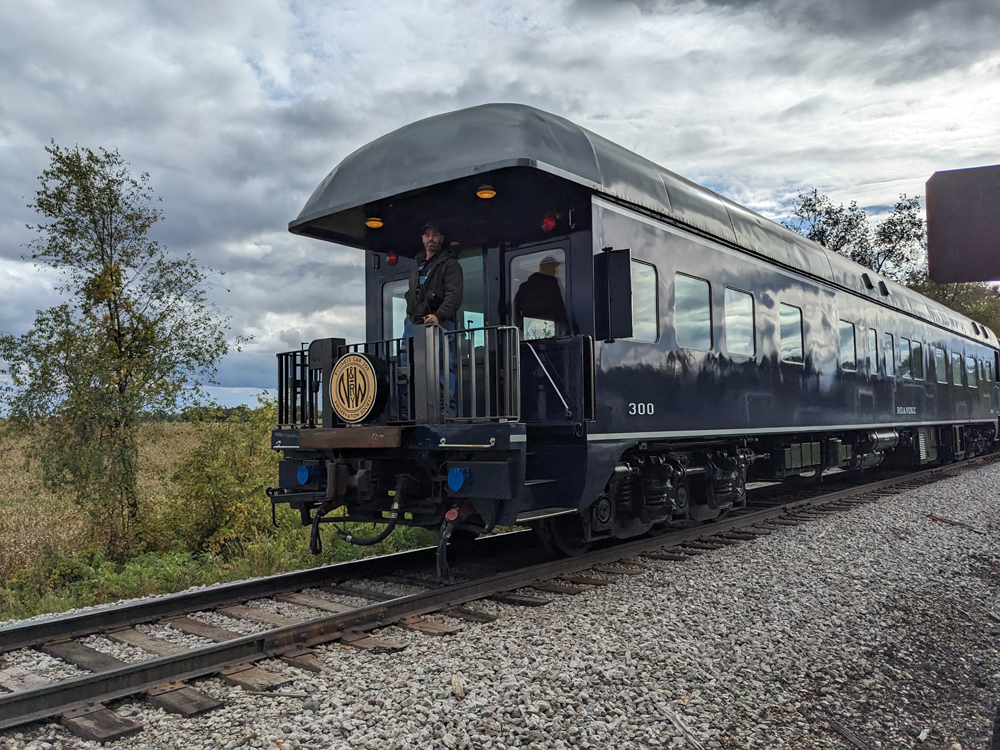
Norfolk & Western Business Car No. 300 It seems like my trip on the Super Dome was only the beginning of my private varnish journeys in 2023. A few months later I was asked if I wanted to take the Norfolk & Western Business Car No. 300 on a fall colors excursion train through northeast […]
Read More…

Rolling stones Cresting Sand Patch while witnessing an Allegheny Summit sunrise on the former Baltimore & Ohio was one of the intangible benefits of being the engineer of Amtrak’s Capitol Limited between Washington and Pittsburgh in the late 1980s. Few things are as awe-inspiring, but Mother Nature can also be frighteningly treacherous. The right of […]
Read More…
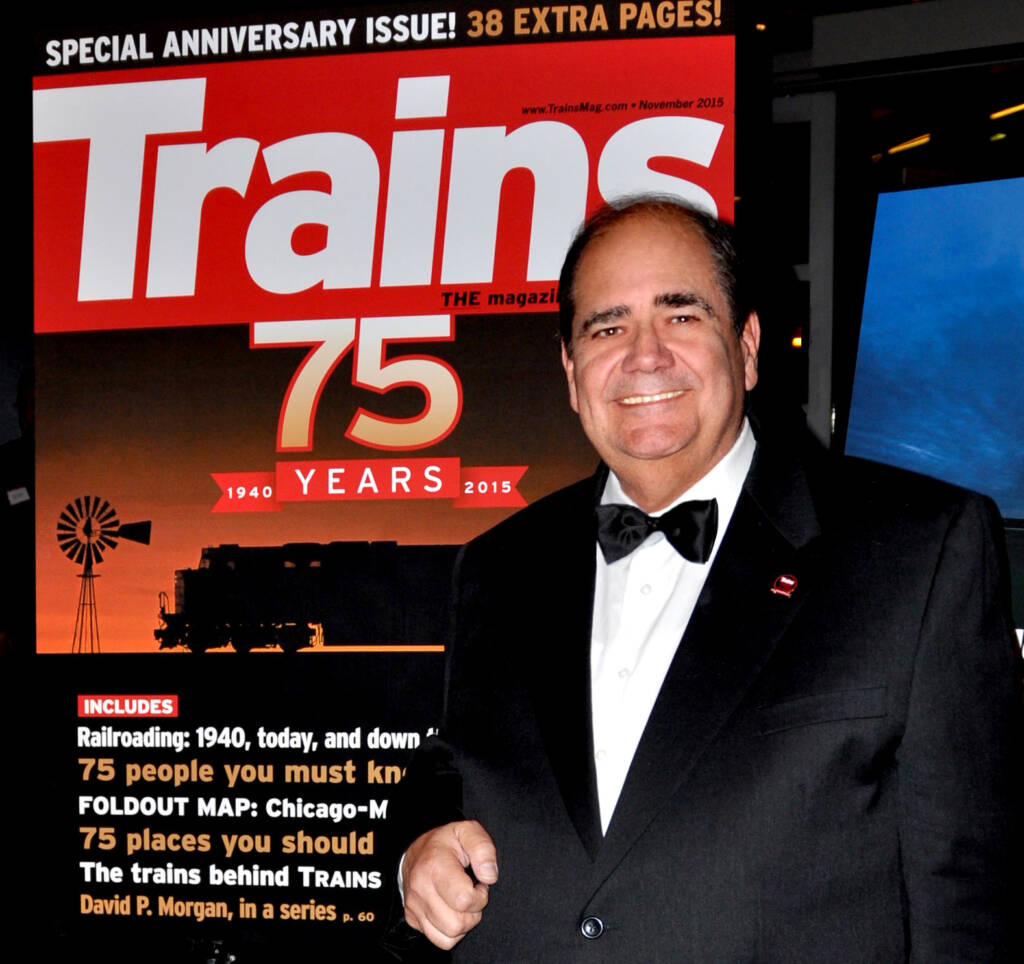
What was your first byline in Trains? Doug Riddell: My first byline in Trains appeared in the February 2000 issue: “A dose of perspective” (Readers Platform). I’d just run into a retired Chesapeake & Ohio conductor, Gilly Parker, who shared a story with me. He’d worked passenger service between Richmond and Newport News in the early […]
Read More…
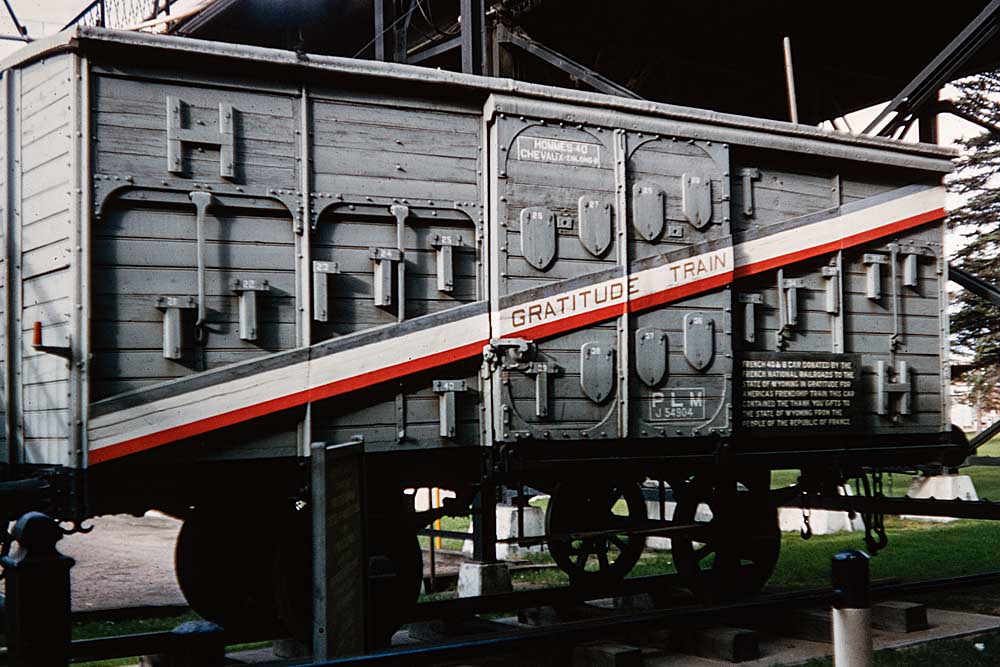
France’s 1949 Merci Train left a legacy of European rail equipment displays throughout the U.S. During the period around World War I and II a number of European railroads utilized a small boxcar — small by American standards. The cars rode on four wheels and carried all of 20 tons. In France, such […]
Read More…
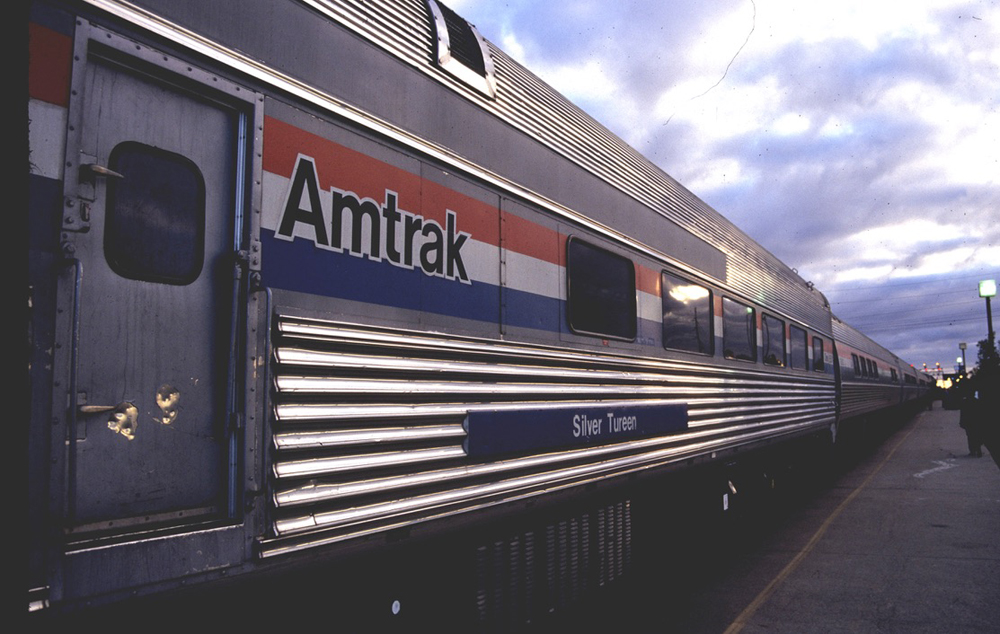
Lake Shore Limited dining car In profiling a train for Trains’ 1,000th issue whose New York and Boston sections average just under 1,000 miles, it isn’t possible to relate more than a fraction of what has made trips aboard the Lake Shore Limited so memorable through the years. [See “Lake Shore Limited: A Survivor,” Trains, […]
Read More…
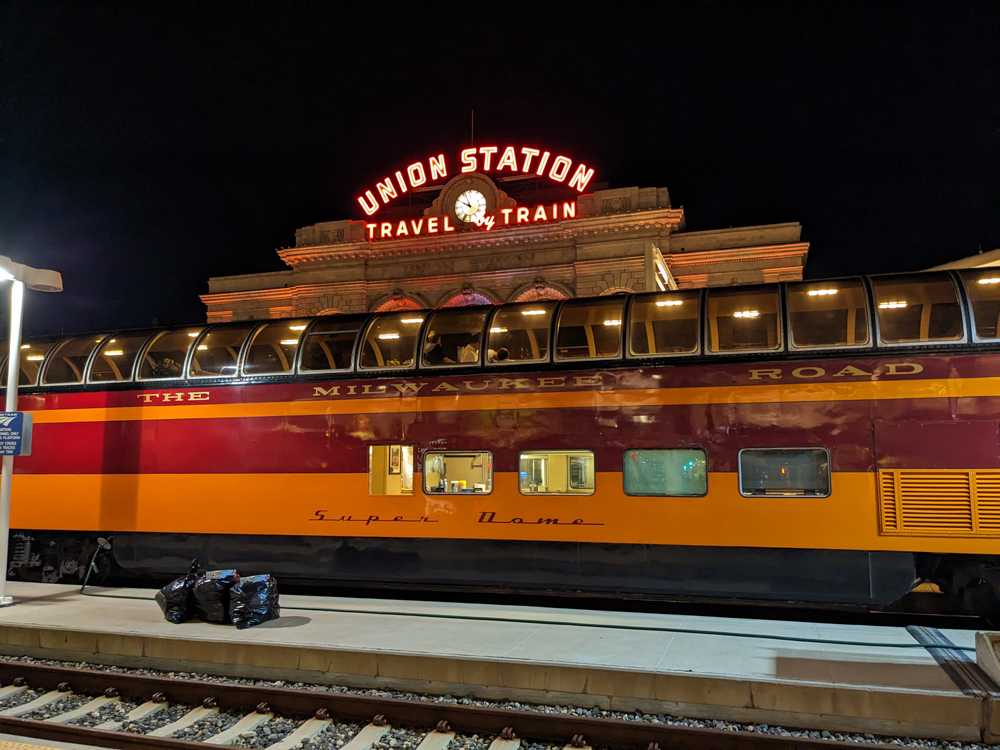
Private cars Private cars also called private varnish is a side of railroading that is a mystery to many. Imagine being trackside one day and seeing a historic passenger car attached to an Amtrak train. Who’s in that car? Where are they going? How are they able to do that? What does it cost? These […]
Read More…

Lake Shore Limited Oct. 3, 2011, wasn’t just another day in the life of the Lake Shore Limited. That’s because just ahead of two New York Viewliner sleeping cars on eastbound train 48 out of Chicago was dining car No. 8400, on its first revenue run after a top-to-bottom refurbishment at Amtrak’s Beech Grove Heavy […]
Read More…
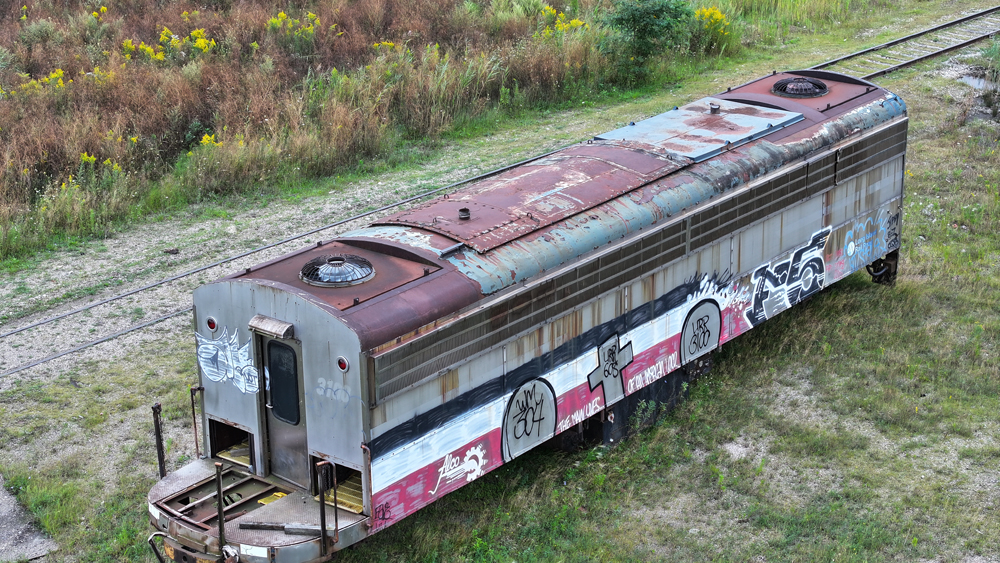
LIRR FA2 It’s an unusual sight — what looks almost like a diesel B unit, resting on the cold ground in an Ohio scrapyard. A closer look reveals that this wasn’t always a B unit — it had a cab at one point, removed with significantly greater care than any scrapyard could give. On its […]
Read More…

Mojave Subdivision You have heard me mention in a couple of previous stories that I’m proud to be qualified on three different mountain grades; Stampede Pass (former Northern Pacific), my home territory, Stevens Pass (Great Northern), and Tehachapi Pass (Southern Pacific/Santa Fe) on the Mojave Subdivision. How did I end up in southern California, far […]
Read More…
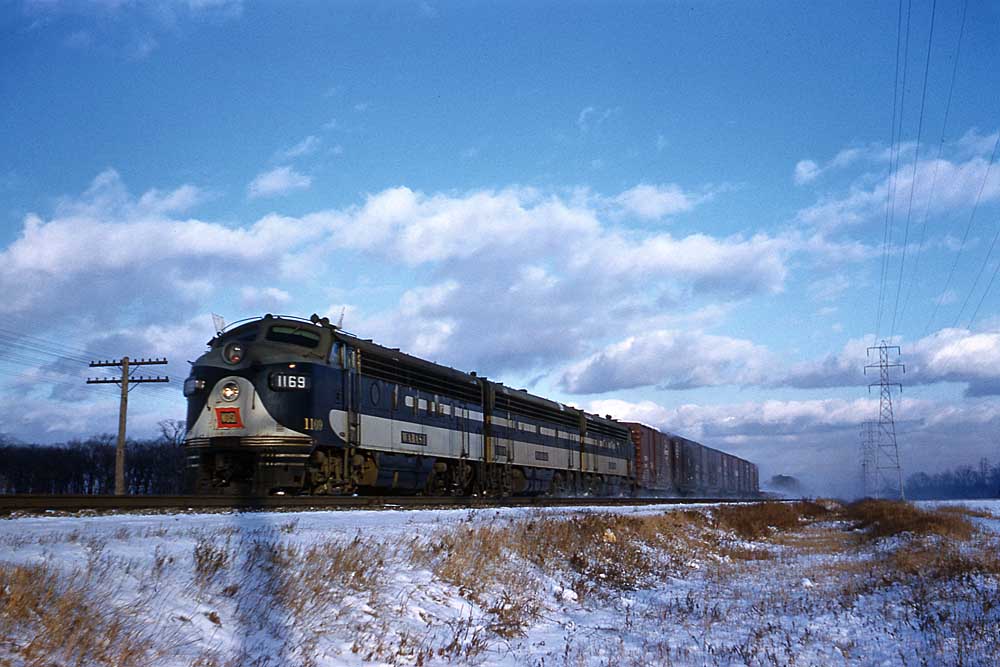
Wabash Railway history started with the Northern Cross, the first railroad in Illinois, in 1837. The term “Fallen Flag” first appeared in Trains in 1974, as the title for a series of thumbnail histories of merged-away railroads. The series began with the Wabash, and employed the road’s flag emblem outline to illustrate the series’ […]
Read More…












